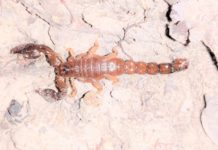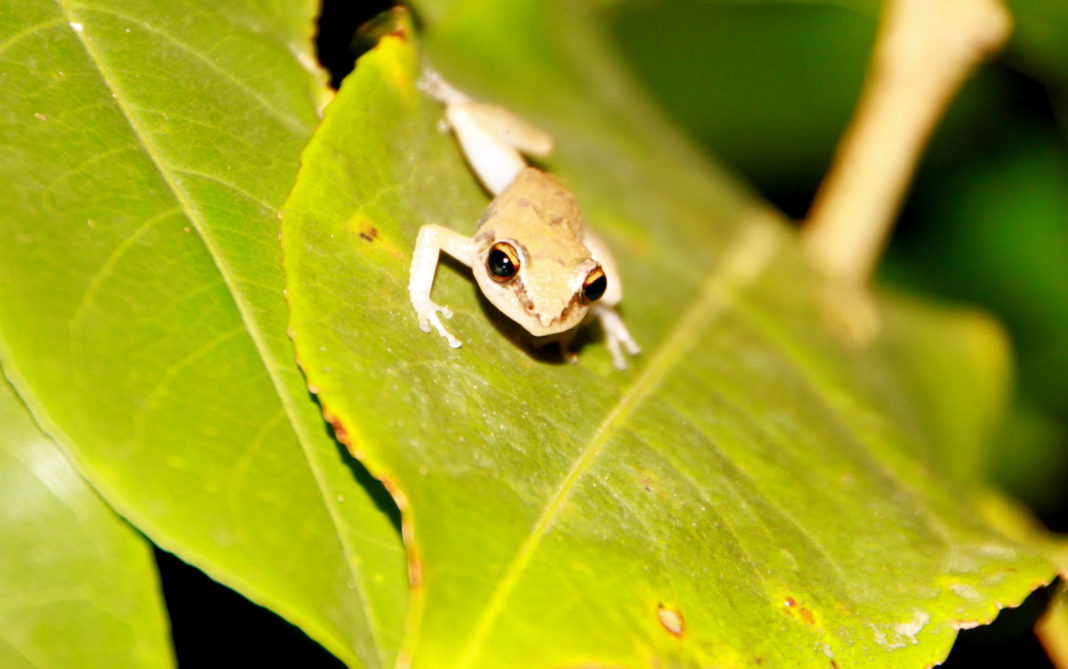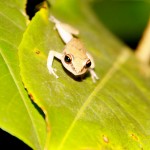
I may be a little fella, but my heart is as big as Texas! If you’ve been to Montserrat, you know there is a concert going on in the trees from dusk till dawn. The majority of the choir members are tree frogs: Eleutherodactylus johnstonei.
One reason for the tree frogs’ persisting abundance is their ability to withstand the chytrid fungus. Which is awesome for the tree frogs, but it also makes them a reservoir for the microorganism, which is perhaps not so awesome for the mountain chicken.
Because of the widespread and abundant population, tree frogs are used in this project to monitor the level of chytrid at various locations. We survey three areas; one site known to be habitat of surviving wild mountain chicken, the site for the release of captive-bred mountain chickens and one area where no mountain chickens are expected to be found. Each site is surveyed once a month.
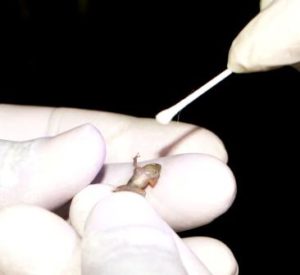
We then collect at least 60 tree frogs at the site and swab them for chytrid by following the
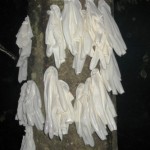
same protocol used for the mountain chicken. The swabs are then eventually being sent off for analysis in the UK. A fresh pair of gloves are used for each frog to avoid cross contamination and to avoid that the same frog is sampled twice in one survey, they are kept inside the glove, which is stapled to a tree trunk for the remainder of the survey.
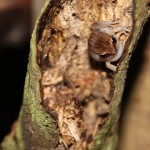
Now let me tell you how to find a tree frog! At first, the singing is everywhere, but the frogs are nowhere. Start by singling out the sound of one of them and follow it to the source. It will be so loud your ears pop, but still no frog to be seen… Suddenly you will spot him! Perched on a leaf or defying gravity attached to a tree trunk. Once you’ve found the doorway to the parallel universe of the tree frogs, it’s easy. Because they are, indeed, everywhere.
– Jenny Liman




